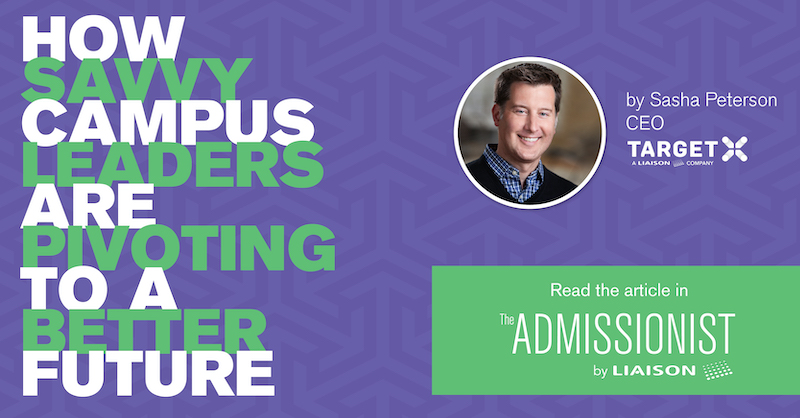Teens are shelving college plans
One in four recently surveyed high school graduates said they have put their college plans on hold due to the financial impact COVID-19 has had on their families. Among high school juniors and seniors, 12% said they plan to delay attending. That raises the question: How long will it take for college and university enrollment to return to pre-pandemic levels? The survey, which also included students between the ages of 13 and 19 who haven’t graduated from high school yet, also revealed that most (80%) expect their parents or guardians to pay at least part of the bill. “But 45% of white students in the 11th and 12th grade surveyed said the pandemic has affected how they will pay for it. That percentage increases for Black (60%) and Hispanic (59%) teens. More than 40% of high school juniors and seniors said their parents and guardians are cutting back on financial support for college.”
Source: University Business
Last fall’s lower international enrollment will have lasting financial consequences for higher ed
Moody’s Investors Service predicts that last fall’s 13.6% decline in international student enrollment at U.S. four-year institutions will cause college and university revenue woes for years to come. The credit rating agency believes lower international enrollment has already had a “negative impact” on the higher-ed sector’s credit outlook. “Several factors could also slow recovery — Coronavirus travel restrictions, reputational effects of hardline federal immigration policies under former president Trump and increased competition overseas among them. The U.S. has a relatively low percentage of international students compared to some other countries at 5.5%, versus 28% in Australia, 15% in Canada and 20% in the United Kingdom. But the U.S. market for international students is highly concentrated. Almost 20% of all students from overseas who study in the U.S. attend one of just 20 universities.”
Source: Inside Higher Ed

Lower-income high school students are completing FAFSAs at lower rates
Eighty percent of high school seniors have submitted the Free Application for Federal Student Aid (FAFSA), but completion rates among lower-income students lag behind those of wealthier students. This may foreshadow lower enrollment in the upcoming fall semester among low-income, first-generation and other underrepresented students. “FAFSA completions were down 7.6% year over year as of March 26, according to the National College Attainment Network. However, they lagged more among students from low-income high schools (-10.5%) and students from high schools with large shares of Black and Hispanic students (-12.4%).”
Source: Higher Ed Dive
Employers have mixed views on the value of higher education
Almost 90% of employers believe higher education is either “probably” or “definitely” worth it, but the number who have a “great deal of confidence” in higher ed has dropped in recent years, from 49% in 2018 to 41% in 2020. During the same period, the number of employers with “very little confidence” in higher ed doubled, from 6% to 12%. The study conducted by the American Association of Colleges & Universities also found that most employers view the skills associated with a liberal arts education as “very important.” The ability to work in teams is at the top of the list of important skills (cited by 62%). Also on the list: ethical judgement and reasoning (54%), ability to communicate through writing (54%) and creative thinking (53%).
Source: American Association of Colleges & Universities
